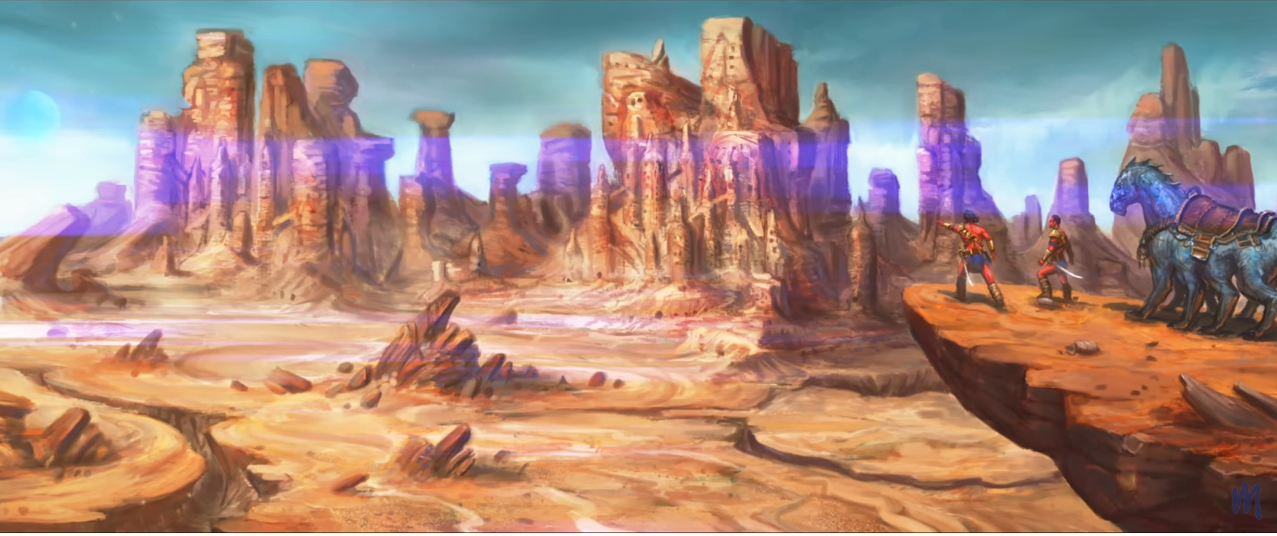
John Carter Design Diary #1: The System
Hello, this is Jack Norris and I wanted about how the system for John Carter came to be. We always intended to use Modiphius’ 2d20 system, but also that we were changing things from other 2d20 games such as Conan and Star Trek Adventures as needed to model genre, source material, and fit the play style the original works suggested. Looking at the Barsoom stories as a game designer, I talked to my rules co-developer and guru Benn Graybeaton about modeling Burroughs’ work. I can’t overstate how valuable Benn was and after discussing what I felt 2d20 had to do to feel “John Carter”, we came up with the system variant we did—something that is undeniably 2d20, but also specifically John Carter, Burroughs, and pulp planetary romance.
So what were the changes? There are many from minor to major, but to name a few:
Big broad strokes and Big Heroes. Characters start as heroes and face heroic threats right away. This meant there would be no “zero to hero” ramp up seen in some games. Not because that’s a bad idea, but because it would be a bad idea for Burroughs and Carter. This also led to attributes that had broad and open application, allowing characters to have a chance to handle any situation.
Many Common RPG Rules got a Revision. The above approach meant things like no strictly defined ranges, healing, etc... In the Carter novels it was all about “you’re too far to shoot or jump or move, don’t worry about exactly how far that is” or “yes you nearly died, but amazing Martian healing we don’t need to explain in detail brought you back, so get up”. Damage was altered to represent how often characters were hindered or stopped by doubt and grief as well as normal injuries.
No Skills. It’s not exactly accurate to say John Carter of Mars has no skills, but they do have no skill ranks. Why do this? Because much like some other pulp adventure and science fantasy stories, heroes in the Barsoom tales and Burroughs are almost never stopped dead by a lack of quantified and explicit training. Carter learns to speak the Martian language, ride strange beasts, and even fly and airship with a quick explanation and short time jump. Ulysses Paxton, originally a World War I infantryman learns how to transplant a living brain. Characters who are exceptional at “skills” have high appropriate attributes and talents relating to specific actions. Races and archetypes provide base knowledge that clarifies what the heroes can normally attempt or accomplish.
Social Advancement is Just as Important as Personal Experience. For all his combat acumen and mighty physical prowess, Carter’s secret super power might just be making friends. From his thoats to former enemies, he seems to find allies everywhere. Player heroes in John Carter needed to have the same chance to do this through their adventures, as well as earn titles and other accolades that allow them to change their city, nation, or even Barsoom.
When craft these elements together, adding others that emulate or model some part of the Barsoom stories? Well, that’s how you get the John Carter of Mars role playing system. I hope this was helpful and insightful, we’ll talk again soon.

 RSS Feed
RSS Feed